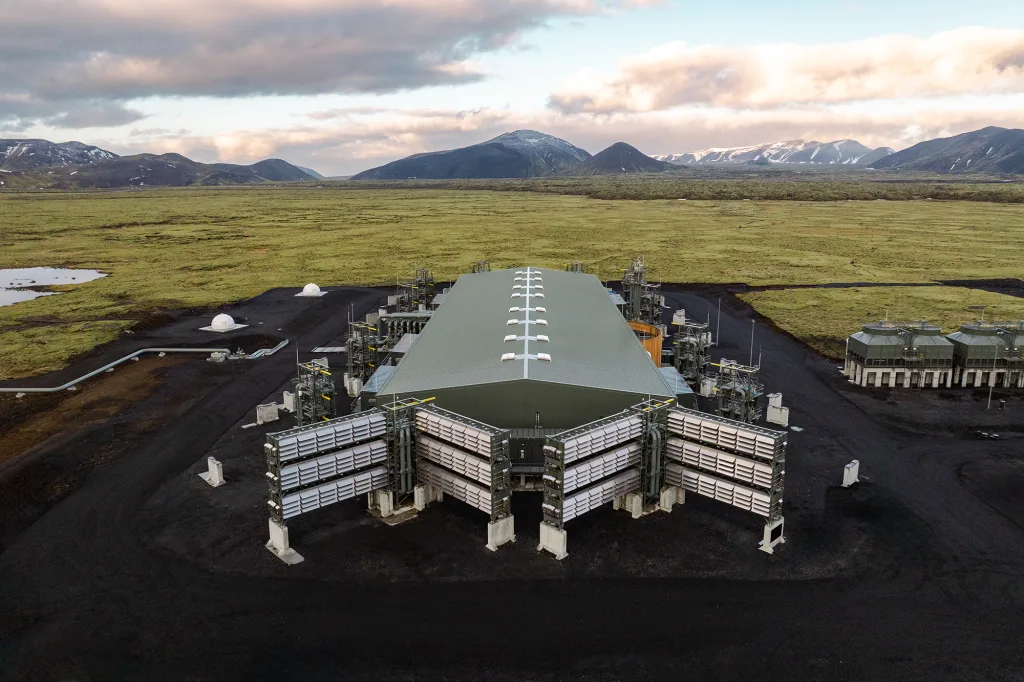The launch of what’s being hailed as the “world’s largest” plant for capturing atmospheric pollution, akin to a colossal vacuum, took place in Iceland on Wednesday.
Dubbed “Mammoth,” this facility is the brainchild of Swiss firm Climeworks and represents a significant stride in direct air capture (DAC) technology. It’s a leap from their previous venture, Orca, and dwarfs it by a factor of 10 in size.
DAC involves sucking in air and filtering out carbon using specialized chemicals. Once captured, the carbon can either be buried deep underground, repurposed, or converted into solid forms.
Climeworks has teamed up with Icelandic company Carbfix to bury the carbon underground, where it’ll naturally mineralize into stone. Importantly, the entire process is powered by Iceland’s abundant and clean geothermal energy.
This cutting-edge approach to tackling climate change is garnering increasing attention amidst escalating carbon emissions. However, DAC technologies remain contentious due to their perceived high costs, energy requirements, and unproven scalability. Critics worry they could divert focus from reducing fossil fuel usage.
Mammoth’s construction began in June 2022, boasting a modular design that accommodates 72 “collector containers.” These vacuum modules, responsible for carbon capture, can be easily stacked and repositioned. While the plant is currently operational with 12 collectors, more are slated for installation in the coming months.
At full capacity, Mammoth aims to remove 36,000 tons of carbon annually, equivalent to taking nearly 7,800 gas-powered cars off the road for a year. Climeworks envisions further cost reductions, targeting a range of $300 to $350 per ton by 2030 and eventually hitting $100 per ton by 2050.
While praised as a vital step in combating climate change, Mammoth’s capabilities are just a fraction of what’s needed to meet global climate targets. To put it into perspective, all existing DAC facilities worldwide can only remove around 0.01 million metric tons of carbon annually, falling far short of the 70 million tons required by 2030.
Despite the promise of carbon removal technology, concerns linger about its potential misuse, particularly in perpetuating fossil fuel extraction. For Climeworks, however, the focus remains on realizing its ambitious goal of scaling up to remove 1 million tons of carbon annually by 2030 and a staggering 1 billion tons by 2050.















































